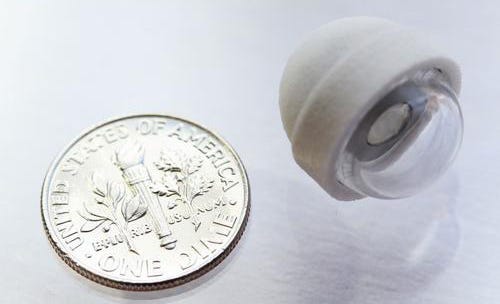July 11, 2016
Biomimicry was key for the University of Wisconsin researchers designing the "artificial eye" sensor.
Qmed Staff

Instead of turning to infrared or boosting the sensitivity of the image sensor, the University of Wisconsin researchers took a hint from fish living in murky waters and focused on the optics, contributor RP Siegel explains in DesignNews.
Professor Hongrui Jiang and his team figured out how to fabricate a highly precise array of tiny parabolic mirrors, placed on the surface of a hemispherical dome. The mirrors capture light coming in from a variety of angles and then concentrate them to a single point.
Potential applications include endoscopes and X-rays, which could benefit from highly photosensitive sensors.
Chris Newmarker is senior editor of Qmed. Follow him on Twitter at @newmarker.
Like what you're reading? Subscribe to our daily e-newsletter.
[Image courtesy of UW-Madison]
About the Author(s)
You May Also Like


